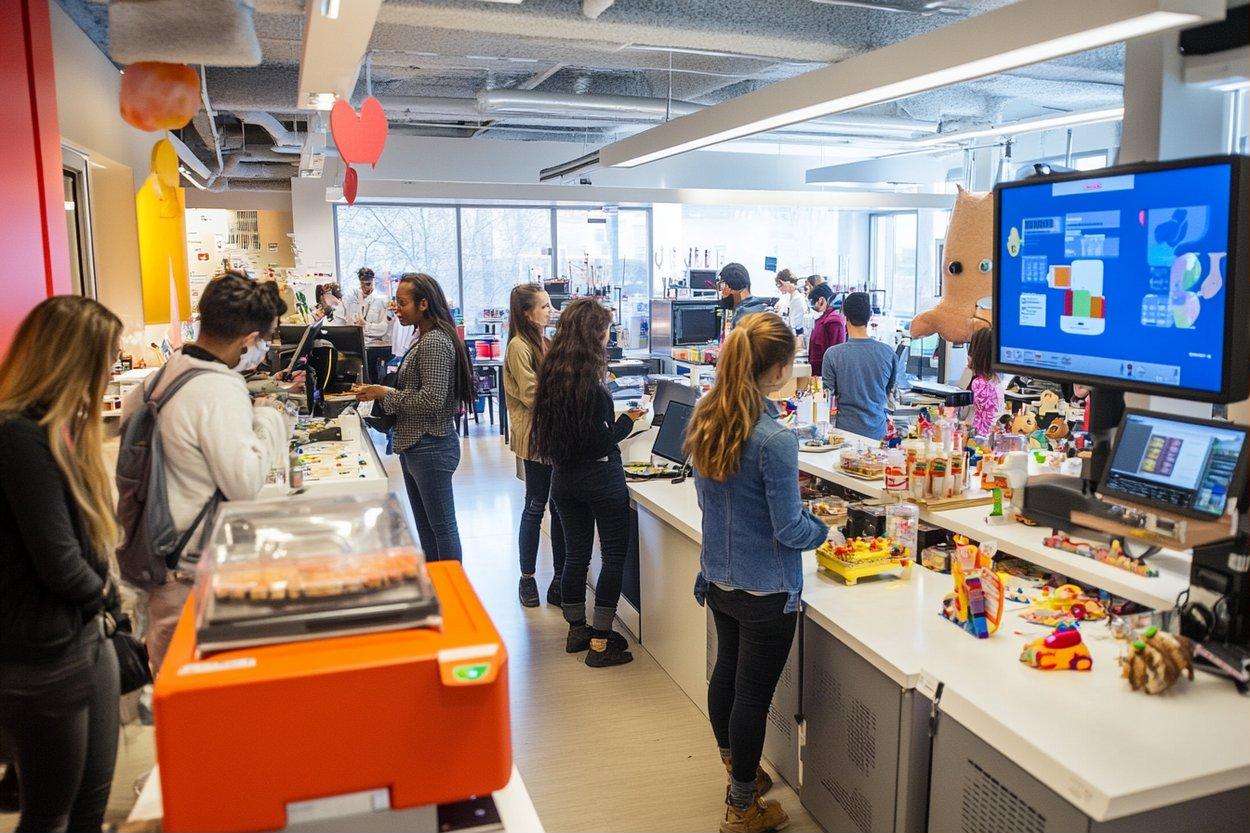How Art School Shapes Public Art and Urban Planning
Art schools do more than teach technique; they train makers, thinkers, and community partners who shape how people experience shared spaces. Through combined studio practice, theory, and project-based learning, students learn to design murals, curate public art, and collaborate with planners and residents to influence the look and function of a city. Graduates often take roles in cultural organizations, municipal arts programs, and design teams that integrate art into urban life.

public art: How art school prepares artists
Art schools introduce public art as a discipline that extends beyond gallery walls. Coursework and studios emphasize material skills, public-facing processes, and ethical practice. Students learn to develop proposals, create durable works for outdoor settings, and consider maintenance and safety. Critically, programs often include collaborations with community groups or municipal arts offices, giving students hands-on experience with permits, stakeholder meetings, and site analysis—skills essential for realizing work that belongs to the public realm.
urban planning and artistic collaboration
Increasingly, urban planners and artists work together on placemaking, pedestrian design, and cultural strategies. Art schools that partner with architecture and planning departments provide interdisciplinary coursework where students learn mapping, human-centered design, and policy considerations. This prepares artists to engage with zoning, public budgets, and long-term maintenance—factors that determine whether a project can be integrated into a city’s fabric. Such collaboration fosters practical thinking about scale, accessibility, and the social impacts of design decisions.
community engagement through art education
Community-based practice is central to many art school curricula. Students are taught participatory methodologies—workshops, co-design sessions, and public events—that center residents’ voices and needs. These projects can strengthen social cohesion, address local narratives, and provide culturally relevant interventions in neighborhoods. By involving community members from conception through implementation, art school projects model inclusive processes that make public art more meaningful and sustainable.
mural projects as practical learning
Murals are a frequent focus for experiential learning because they combine design, logistics, and community interaction. Art schools often run mural labs or partner with local services to secure walls, lifts, and materials. Students gain experience with scaling designs, surface preparation, weatherproofing, and documenting maintenance needs. Murals also offer a visible avenue for students to contribute to a cityscape and build portfolios that demonstrate both artistic ability and project management—skills valued by cultural agencies and development partners.
city-scale impact of art schools
Art schools contribute to a city’s cultural ecosystem by producing creative professionals, hosting exhibitions, and activating public spaces. Faculty often participate in municipal advisory boards or public commissions, and student projects can become long-term installations or community traditions. The presence of an active art school can attract cultural investment, tourism, and partnerships with local services such as museums or planning departments. While the scale of impact varies by institution size and resources, the cumulative effect often enriches civic life and urban identity.
Art schools vary in program focus and connections to the community. Many offer degrees such as BFA and MFA, certificates in public practice, and continuing education geared toward civic projects. Prospective students and community partners should evaluate a school’s track record in public commissions, partnerships with planning bodies, and opportunities for on-the-ground projects. Look for programs that require community engagement and offer interdisciplinary collaboration with architecture, landscape, or planning departments to ensure practical preparation for public art and urban initiatives.
Art schools play a distinct role in shaping how cities look and feel. By teaching technical craft, civic process, and collaborative methods, they equip artists to create murals, coordinate public art, and work alongside urban planners and local services. The result is a generation of practitioners who can contribute to a city’s visual culture, social fabric, and long-term planning in ways that respect residents and the urban context.
Sources






